DURING the Second World War a convalescent home for children was relocated from Bexhill-on-Sea in the East Sussex to Woking.
At the outbreak of the war, Bexhill was seen as a safe place and received more than 700 evacuated children from London. But this changed in early 1940 when frequent air raids began along the South Coast.
Trevor Howard has researched this story and has kindly given permission to feature it here.
The Little Folks Convalescent Home at Bexhill was opened in 1911 and was the country branch of the Queen’s Hospital for Children, which had been founded in Bethnal Green in 1867 as the Dispensary for Women and Children.
Enter Thomas Young, who joined the management of publishers Cassell & Co in 1903, becoming its managing director just before the First World War. One of its titles was Little Folks, a “magazine for the young”.
An appeal for funds for the Queen’s Hospital for Children had been made through the pages of Little Folks to its readers to raise money to buy additional beds or cots. The response was so great that the fund was able to pay for an entire new ward.
When additional space was required, further appeals were made, producing £3,200 (more than £250,000 today), which was half the sum required for the new home at Bexhill.
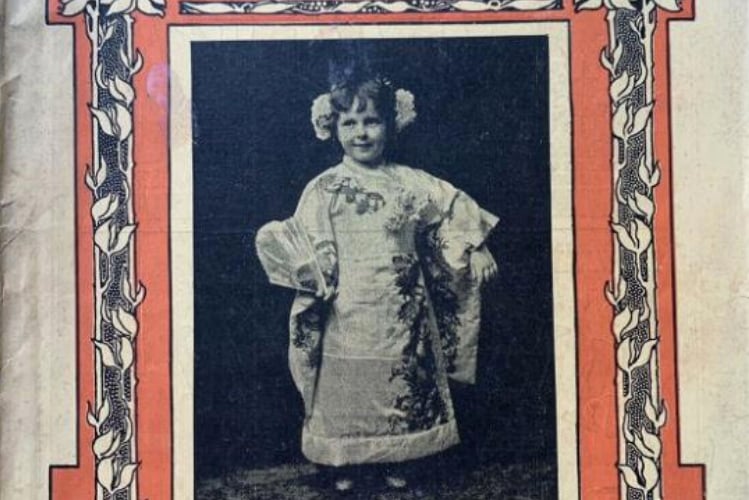
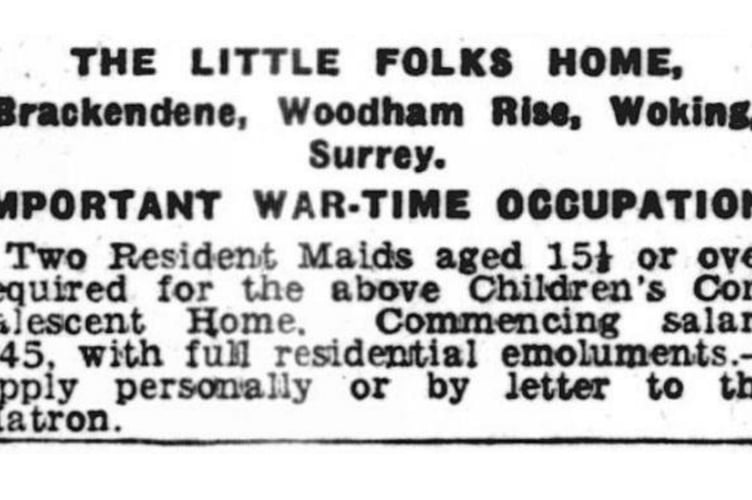
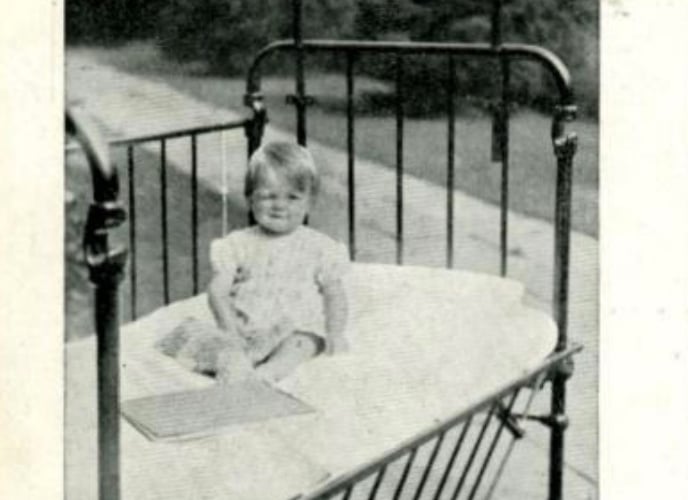
Thomas Young was involved in many charitable causes, but the Little Folks Home was particularly close to his heart and he became chairman of its management committee in about 1920.
When the Little Folks Home started looking for a new location, Young gave them his own home as a gift. This was Brackendene in Woodham Rise, Woking.
The home at Bexhill had 44 beds, and although fewer were available at Brackendene, it was sufficient to make the home an important branch of its work.
It is not clear exactly when the home relocated to Woking. Advertisements for staff at Bexhill appeared in the local press as late as July 1940, while advertisements for staff at Woking appeared in December that year. The matron at Woking was Miss Dorothy Irene Hook.
One of the wartime patients at Woking was Maureen Armistead, an inmate of the Royal Alexandra Orphanage. Her recollections were published in 2016.
She wrote: “Shortly arriving at Brackendene, Mrs Young arranged for the soldiers to come and take away a full-sized billiard table and the billiard room became our playroom and also school room where Mrs Young taught us from text books.
“We had a maid called Annie (in maids uniform) who supervised us, more like a house mother, but Mrs Young always supervised our prayers in our bedroom where there were four beds and always tucked each of us up before going to her own dinner.
“She always dressed for dinner and I still remember the soft velvet of her dark red dress.
“We attended church on Sundays, taken by the chauffeur in I imagine to be a Daimler. It was yellow and black.
“We were allowed to play in the beautiful garden, but not allowed in the kitchen garden. Mrs Young invited our relatives to visit and my late mother often spoke of what ‘a lovely lady’ Mrs Young was, and how kind it was of her to give each visitor a large amount of fruit and vegetables to take home.”
Mrs Young was Mary Mona Young, Thomas’s second wife and 26 years younger than him.
Thomas Young died suddenly on 27 November 1943, at Bibury, his house in Cobham, to which he had moved when he gave Brackendene to the home.
Mary continued to work at the home taking over from her late husband as chairman of the Woking branch. The home moved back to Bexhill in October 1945.
Brackendene was demolished in about 1970 and the houses of Brackendene Close were built on the site.
More of Trevor Howard’s history research on his website https://surreylocalhistory.org.uk.
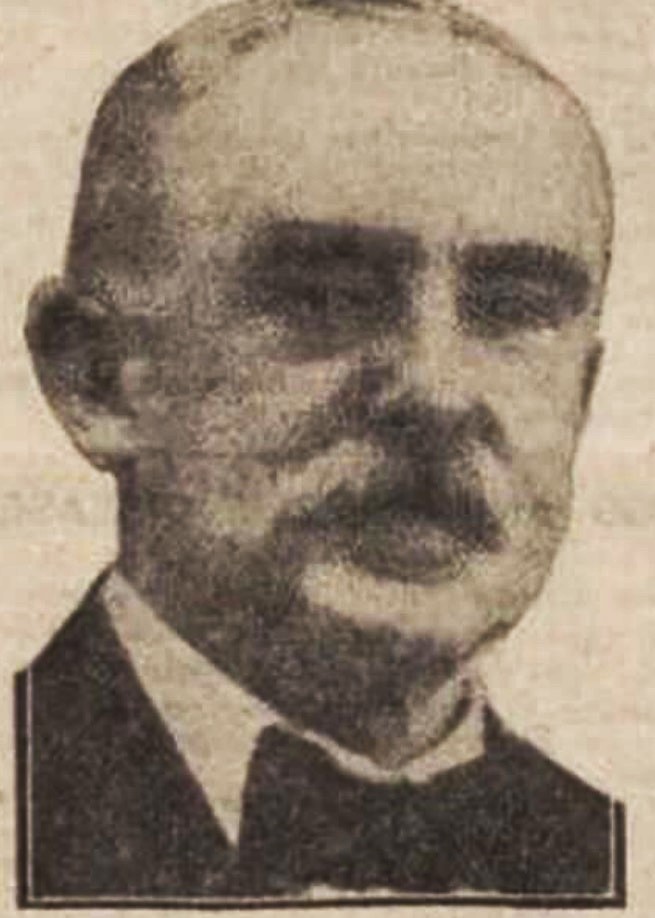

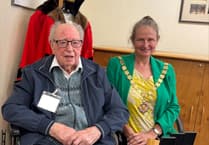
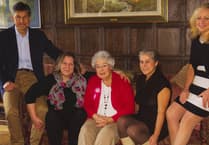

Comments
This article has no comments yet. Be the first to leave a comment.